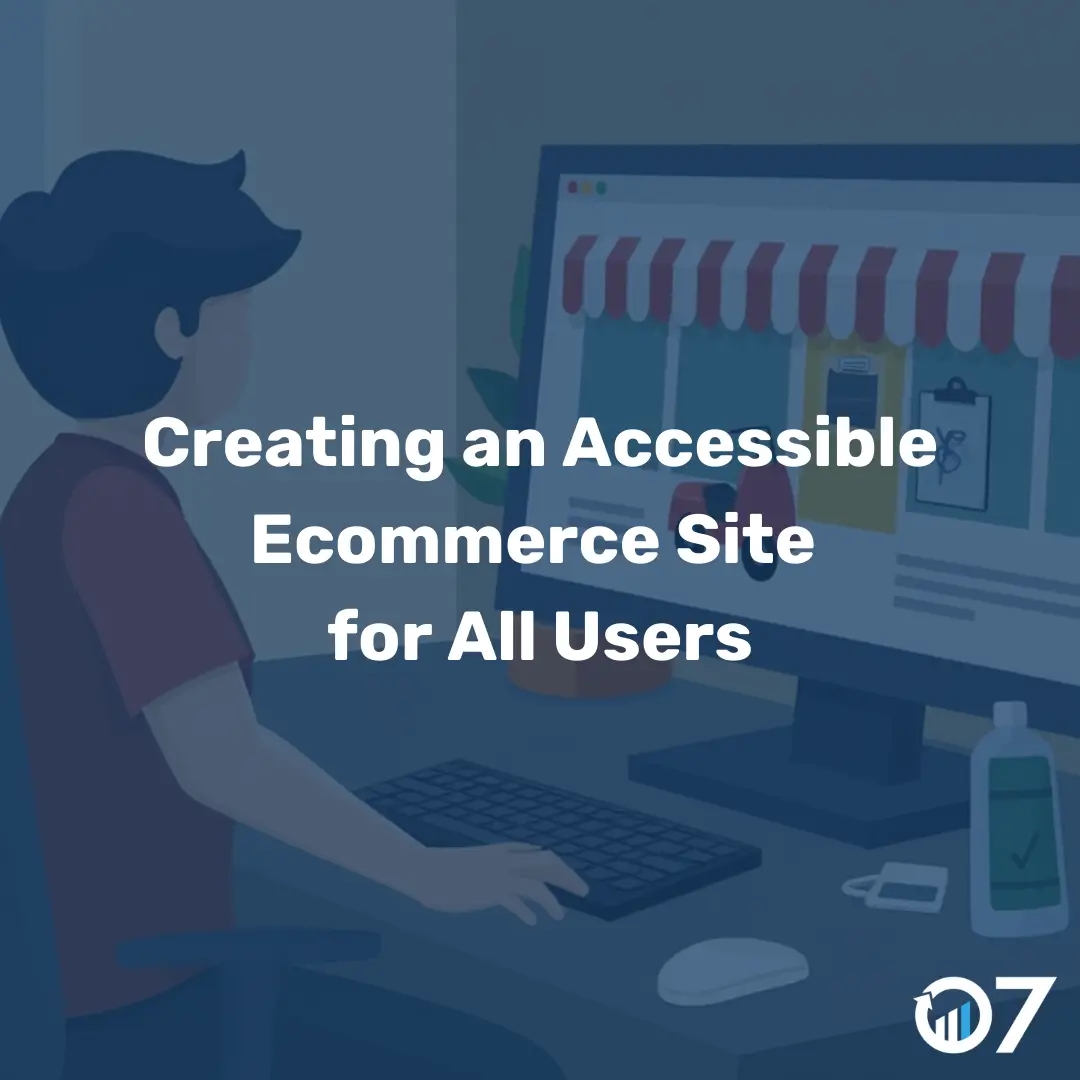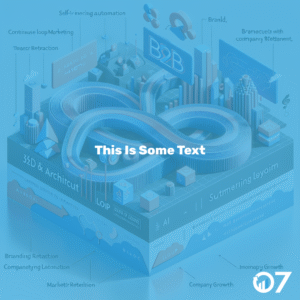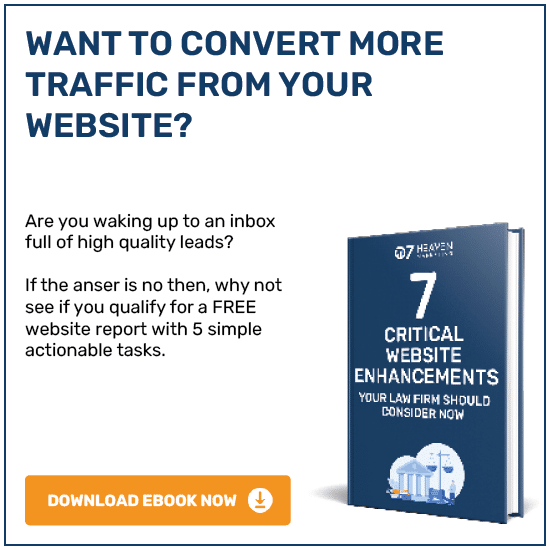Creating an accessible ecommerce site can open your business to a wider audience, ensuring every visitor has a seamless shopping experience. This guide will walk you through the essential steps to make your ecommerce site inclusive for everyone.
I was lost for words upon learning that Facebook’s signature color is blue because Mark Zuckerberg is color blind. And Mark isn’t alone. Around 300 million people live with color blindness globally. A higher statistic by the WHO says 1.3 billion people worldwide live with some form of disability.
Understanding Web Accessibility
Web accessibility ensures that websites are usable by people of all abilities and disabilities. This includes those with visual, auditory, physical, speech, cognitive, and neurological disabilities. By making your ecommerce site accessible, you not only comply with legal requirements but also enhance user experience and expand your customer base.
Why Accessible Ecommerce Site Matters
Accessibility is not just about compliance; it’s about inclusivity. An accessible ecommerce site allows all users to navigate, understand, and interact with your site effectively. This can lead to increased customer satisfaction, loyalty, and ultimately, sales.
Key Principles of a Accessible Ecommerce Site
There are four main principles of web accessibility, often referred to as POUR: Perceivable, Operable, Understandable, and Robust. These principles guide the creation of accessible web content and interfaces.
Perceivable
Information and user interface components must be presentable to users in ways they can perceive. This includes providing text alternatives for non-text content, captions for multimedia, and ensuring content is adaptable and distinguishable.
Operable
User interface components and navigation must be operable. This means making all functionality available from a keyboard, providing users enough time to read and use content, and ensuring that content does not cause seizures or physical reactions.
Understandable
Information and the operation of the user interface must be understandable. This involves making text readable and understandable, ensuring web pages appear and operate in predictable ways, and helping users avoid and correct mistakes.
Robust
Content must be robust enough to be interpreted reliably by a wide variety of user agents, including assistive technologies. This means using clean HTML and ensuring compatibility with current and future user tools.
Steps to Building an Accessible Ecommerce Site
1. Use Semantic HTML
Semantic HTML tags, such as `, and <footer>, provide meaningful structure to your web content. This helps screen readers and other assistive technologies understand and navigate your site more effectively.
2. Provide Text Alternatives
Ensure all non-text content, like images and videos, have text alternatives. Use `alt` attributes for images and provide transcripts or captions for videos. This allows users with visual or auditory impairments to access the information.
3. Ensure Keyboard Accessibility
All interactive elements, including menus, forms, and buttons, should be operable via keyboard. This is crucial for users who cannot use a mouse. Test your site by navigating through it using only the keyboard to ensure everything is accessible.
4. Use ARIA Landmarks
ARIA (Accessible Rich Internet Applications) landmarks help define regions of a page, making it easier for screen readers to navigate. Use landmarks like `role=”banner”`, `role=”navigation”`, `role=”main”`, and `role=”contentinfo”` to improve accessibility.
5. Implement Responsive Design
Responsive design ensures your site works well on all devices, including desktops, tablets, and smartphones. This is important for users with different devices and screen sizes. Use flexible layouts, images, and CSS media queries to create a responsive design.
6. Ensure Color Contrast
Adequate color contrast between text and background is essential for readability, especially for users with visual impairments. Use tools like the WebAIM Color Contrast Checker to ensure your color choices meet accessibility standards.
7. Provide Clear Navigation
Clear and consistent navigation helps users find what they need quickly and easily. Use descriptive link text, provide a search function, and ensure your navigation menu is easy to use and accessible.
8. Simplify Forms
Forms should be easy to understand and complete. Use clear labels, group related fields, provide instructions, and ensure error messages are helpful and easy to understand. Use the `label` element to associate text labels with form controls.
9. Test with Assistive Technologies
Regularly test your site with assistive technologies, such as screen readers, to ensure it is accessible. Tools like JAWS, NVDA, and VoiceOver can help you identify and fix accessibility issues.
Tools and Resources for Web Accessibility
There are numerous tools and resources available to help you build and maintain an accessible ecommerce site. Some of these include:
– WAVE (Web Accessibility Evaluation Tool): Helps identify accessibility issues by providing visual feedback about the accessibility of your web content.
– Axe Accessibility Checker: A browser extension that helps identify and fix accessibility issues.
– Google Lighthouse: An open-source tool that audits your site for accessibility, performance, and more.
– WebAIM (Web Accessibility In Mind): Provides resources, training, and tools to help you create accessible web content.
Legal Considerations
In many countries, web accessibility is not just a best practice but a legal requirement. In the UK, the Equality Act 2010 requires businesses to make reasonable adjustments to ensure their services are accessible to people with disabilities. Non-compliance can result in legal action and damage to your brand’s reputation.
Benefits of an Accessible Ecommerce Site
Building an accessible ecommerce site offers numerous benefits, including:
– Increased Reach: By making your site accessible, you open your business to a larger audience, including people with disabilities.
– Improved SEO: Many accessibility practices, such as using semantic HTML and providing text alternatives, also improve your site’s SEO.
– Enhanced User Experience: Accessible sites are often easier to use for everyone, not just people with disabilities.
– Legal Compliance: Ensuring your site is accessible helps you comply with legal requirements and avoid potential lawsuits.
– Positive Brand Image: Demonstrating a commitment to accessibility can enhance your brand’s reputation and build customer loyalty.
Accessible Ecommerce Site Conclusion
Creating an accessible ecommerce site is not just about compliance; it’s about inclusivity and providing a better user experience for all. By following the steps outlined in this guide, you can ensure your site is accessible to everyone, including people with disabilities.
For more insights and tips on building an accessible ecommerce site, visit our blog at 07 Heaven Marketing or contact us via email at info@07hm.co.uk or telephone at 01702 410663. Let’s work together to make the web a more inclusive place for everyone.





